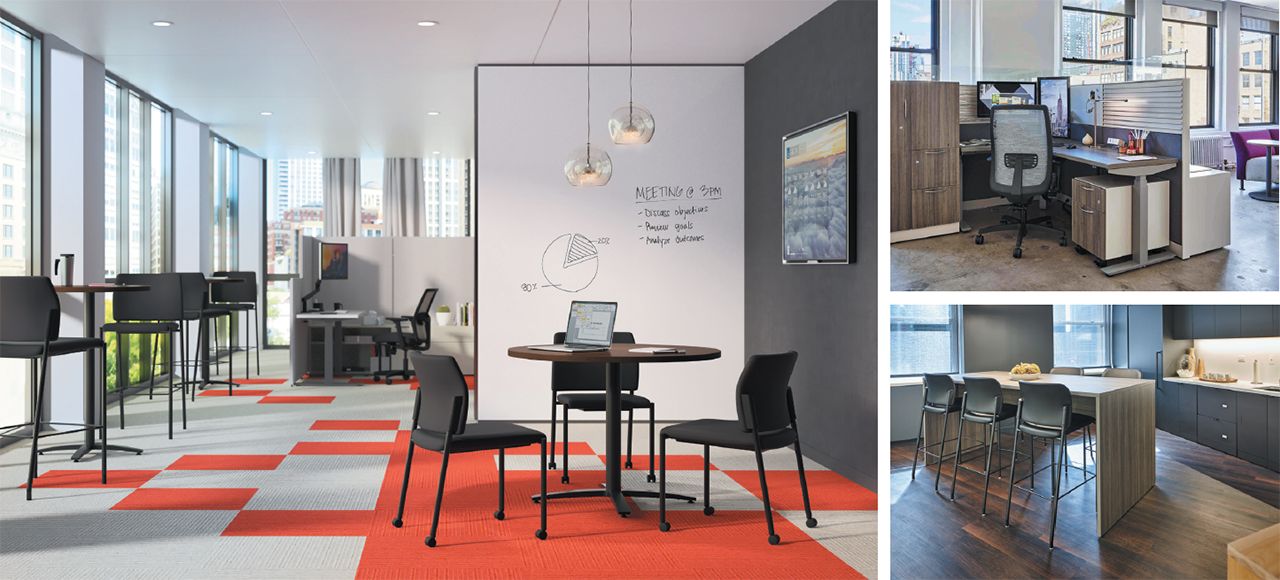When it comes to attracting talent, don’t overlook the power of your workspace as an essential recruitment tool. Just as a company’s space represents the physical manifestation of its brand with customers, so does it have the ability to convey culture and purpose with potential new hires. Everything about the design of your workspace, from the color on the walls to the type and placement of the furniture, can communicate what matters most to your organization.
When someone enters your building, will they see a place that promotes collaboration and creativity or one that focuses on individual contribution and hierarchy? Will they get a vibe that is more traditional and conservative or one that is more relaxed and casual? When job candidates can make the visual connection between their values and aspirations with your company culture and purpose, it becomes easier to attract talent for fit. Here are some specific workplace design strategies to consider and what they help say about an organization:
OFFERING CHOICE AND VARIETY
Offering choice and variety means providing a balance of spaces to formally and informally collaborate as well as quiet areas for independent thinking and reflection. Providing collaborative spaces sends the message that an organization values teamwork, social connections and the sharing of information while allocating sufficient quiet zones communicates support for focus and the fundamental need for privacy. And, for companies that do encourage choice of where to work, make sure to address personal storage needs whether that’s with centralized storage lockers or mobile storage solutions. This shows you understand people’s need for security.

